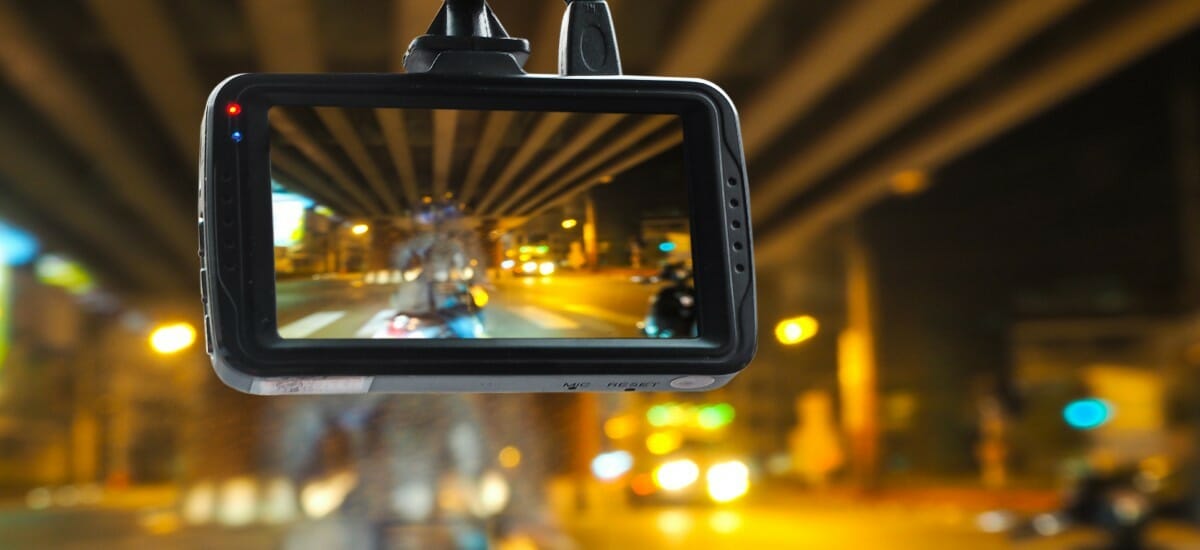DASHCAMs are cheaper, smaller, and easier to use than ever before. A surge in popularity and significant steps in technology have led to a price drop. More importantly, having a dashcam installed in your van or lorry can save you money on insurance.
Insurers love the clear and irrefutable information a collision video provides. And your drivers are protected against dangerous road users, ‘crash-for-cash’ scammers and even minor car park knockers.
Here are a selection of questions and answers relating to fitting and using a vehicle camera system.
How is it fitted?
You can mount a video dashcam on the dashboard or windscreen of a car. Generally powered by the car’s 12v system, it continuously records the view of the road and traffic through the windscreen.
How does it store footage?
Typically a dashcam continuously records video footage on internal memory or a removable card (such as an SD card). When the memory fills, the camera automatically overwrites the oldest files.
Are there better recording options?
Yes, utilising 4G communication technology, incident footage can be sent directly via email to allow you to view the evidence within minutes. You can also combine cameras and tracking for an affordable monthly price.
What are the advantages of a dashcam?
As fraudulent insurance claims increase, a dashcam provides vital evidence of what happened and who may have been involved.
Can I share my footage of a dangerous driving incident with the police?
An increasing number of police forces are accepting dashcam submissions showing dangerous driving or driving without due care and attention.
Could the footage recorded on my dashcam be used against me?
Yes. If you are involved in a collision or are stopped by the police for committing an offence, then officers can seize your dashcam.








